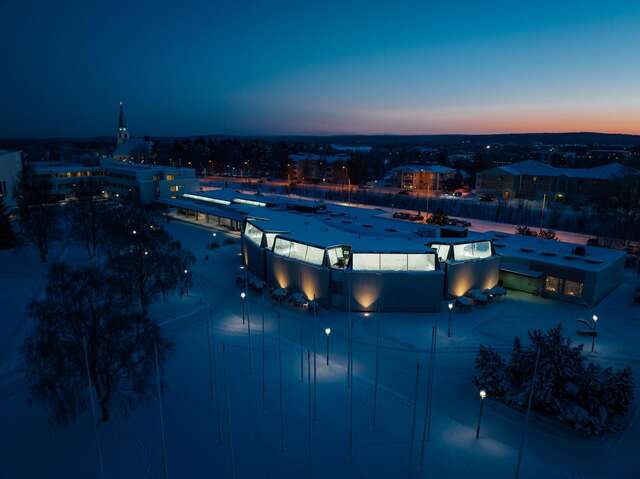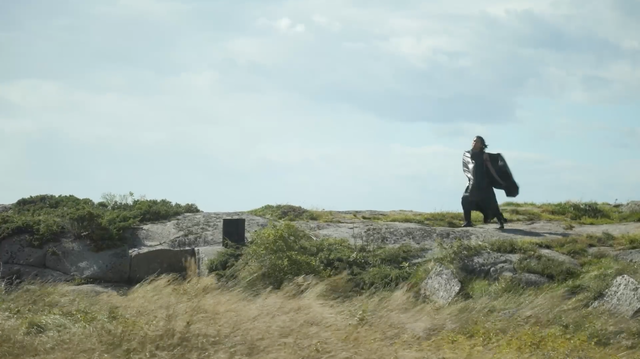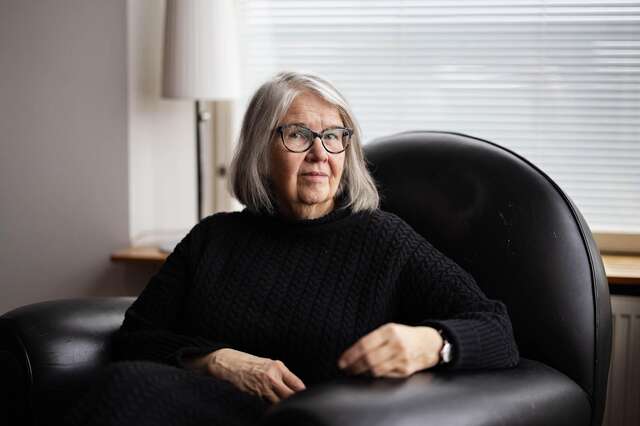Oulu’s new public sauna will combine volunteer tradition with contemporary sauna culture
Acke Salo
A public sauna is being planned for Tuira district in Oulu, aiming to enhance the city’s sauna culture and strengthen the neighborhood’s sense of community.
The public saunas, once an integral part of Finnish urban culture, almost disappeared, until a new sauna trend started about a decade ago and brought them back to the heart of urban life. This revival has been shaped by two key ideas: the sauna as a shared, immersive experience, and its role in strengthening neighborhood communities – each shaping the modern sauna culture in its own way.
In Oulu as well, a new sauna is being planned for the Tuira beach. The design of a permanent sauna building has been preceded by the highly popular Kesän sauna, a sauna raft operated by the Oulun Rantasaunaseura association.
There is demand for the new sauna. According to Katri Tenetz, producer at the Oulun Rantasaunaseura, the city has not had a public sauna open to everyone in 35 years. The new sauna will draw from the historical tradition of public saunas while also looking to the future. The traditions will be combined with modern amenities, including restaurant services, while simultaneously the sauna will serve as a communal hub for the neighborhood.
Tuira sauna is JKMM's first project in Oulu
The new sauna will be located on the banks of the Oulujoki River, in a culturally significant area known for its iconic hydroelectric power stations. Architecturally, the sauna blends a clean, contemporary design with subtle references to local building traditions and materials. For instance, the 12-meter-long logs supporting the roof pay homage to the region’s historic log floating practices on the Oulujoki.
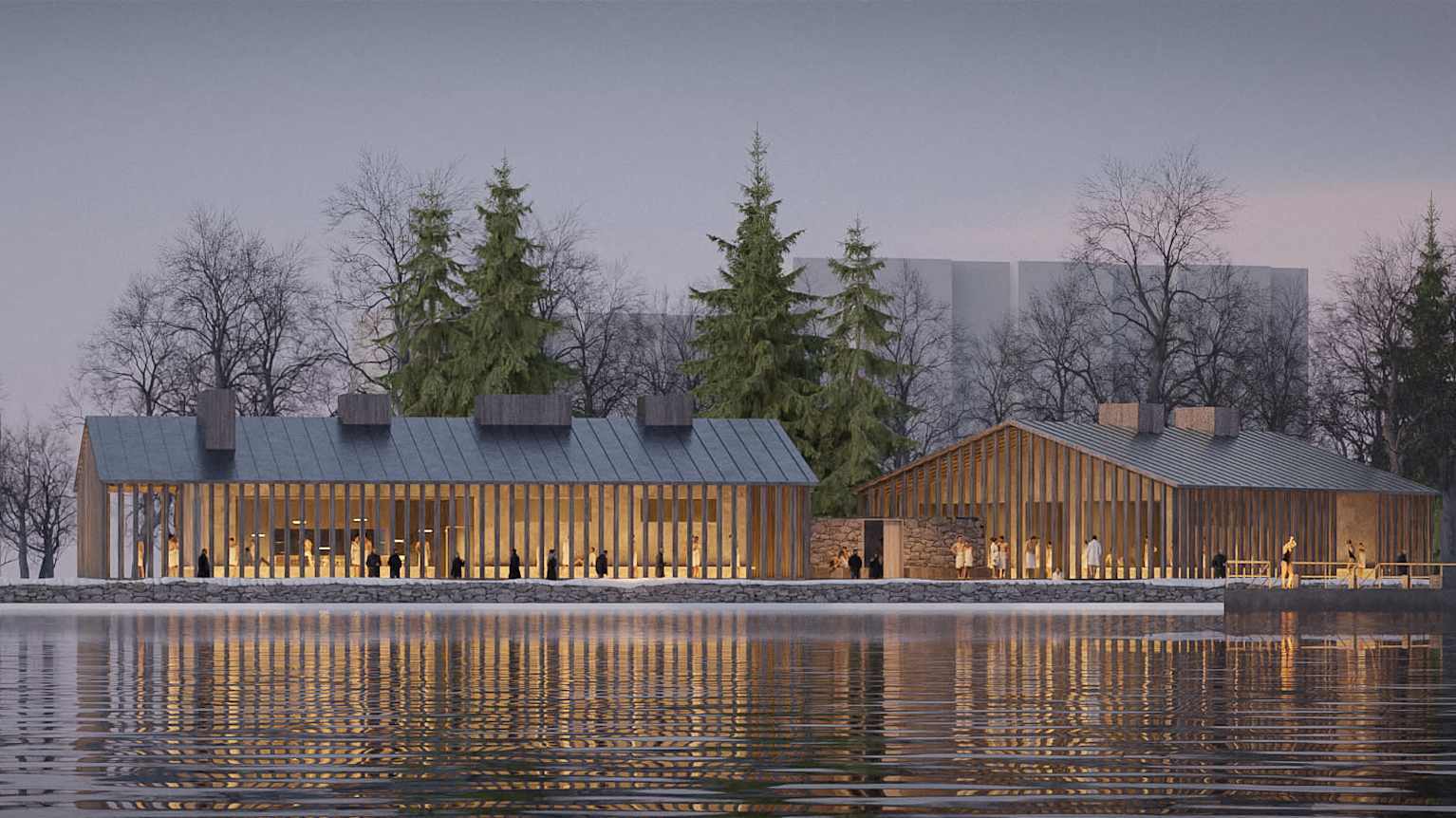
The architectural design is led by Teemu Kurkela and Lars-Erik Mattila of JKMM Architects, marking the firm’s first project in Oulu.
The guiding principle behind the design is sustainability and long-term durability. The sauna will be heated with wood pellets – the same eco-friendly fuel used to heat the Kulttuurisauna in Helsinki, operated by Tuomas Toivonen and Nene Tsuboi since 2013.
The project will also include a renovation of the surrounding park, beach, and pier. The goal is to create a pleasant and functional waterfront public space that serves Oulu residents year-round.
Sauna as a community anchor
As a building type, the public sauna represents a kind of prehistory of communal urban culture in Finland. Today’s new wave of public saunas reflects this legacy in different ways – from upscale destinations like Löyly in Helsinki’s Hernesaari, which combines everyday luxury with restaurant services, to more grassroots, temporary DIY saunas like Sompasauna and the floating Kesän Sauna.
In Oulu, the Rantasaunaseura association has maintained a strong tradition of volunteer-based operation with its floating sauna. Everything from heating and cleaning to maintenance and administration has been run by volunteers. This spirit of community involvement is also evident in the new sauna project, where lead architect Teemu Kurkela is contributing to the design on a volunteer basis.
The construction of a permanent sauna building opens the door for broader development of the Tuira area and invites longer-term thinking about the role that communal sauna culture could play in Finland’s urban life in the future.
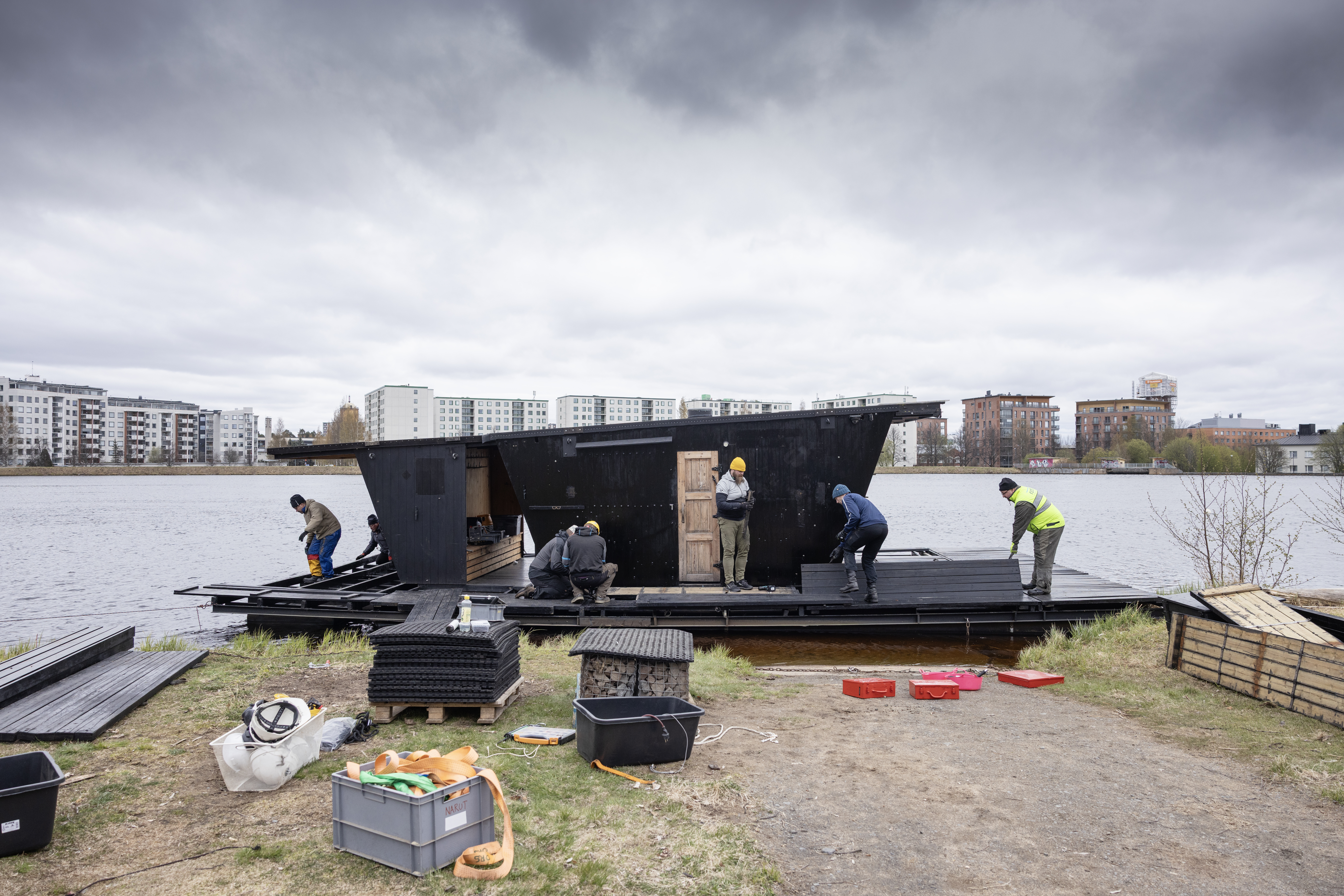
Good examples of how saunas can contribute to neighborhood development can also be found outside of Finland. One notable case is the sauna designed by the Berlin-based collective Raumlabor, located in the Frihamnen harbor area of Gothenburg. In addition to offering a place for relaxation and unique experiences, the sauna aims to strengthen the area's social ecosystem and foster community connections.
Historically, public saunas have brought together people from all walks of life—and this tradition still holds valuable lessons for the future. Katri Tenetz notes that in this sense, the Tuira sauna also aligns with the goals of the New European Bauhaus initiative, which encourages the development of European neighborhoods based on their own local identities and resources.
While urban meeting places are often modeled after Central or Southern European typologies – like street cafés, parks, or beaches – public saunas and even cold-water swimming spots can be seen as uniquely Nordic interpretations of spaces that foster neighborhood connection and a strong sense of community.
Sauna Culture Featured in the Oulu2026 Programme
Sauna culture also plays a role in the Oulu2026 European Capital of Culture programme. Although the Tuira sauna won’t be completed in time for the Capital of Culture year due to zoning appeals, sauna culture will still be present in the programme. For example, the association members Marko Asell and Jussi Pöllä have designed a mobile “conversation sauna” that will travel to various events as part of Oulu2026 activities.
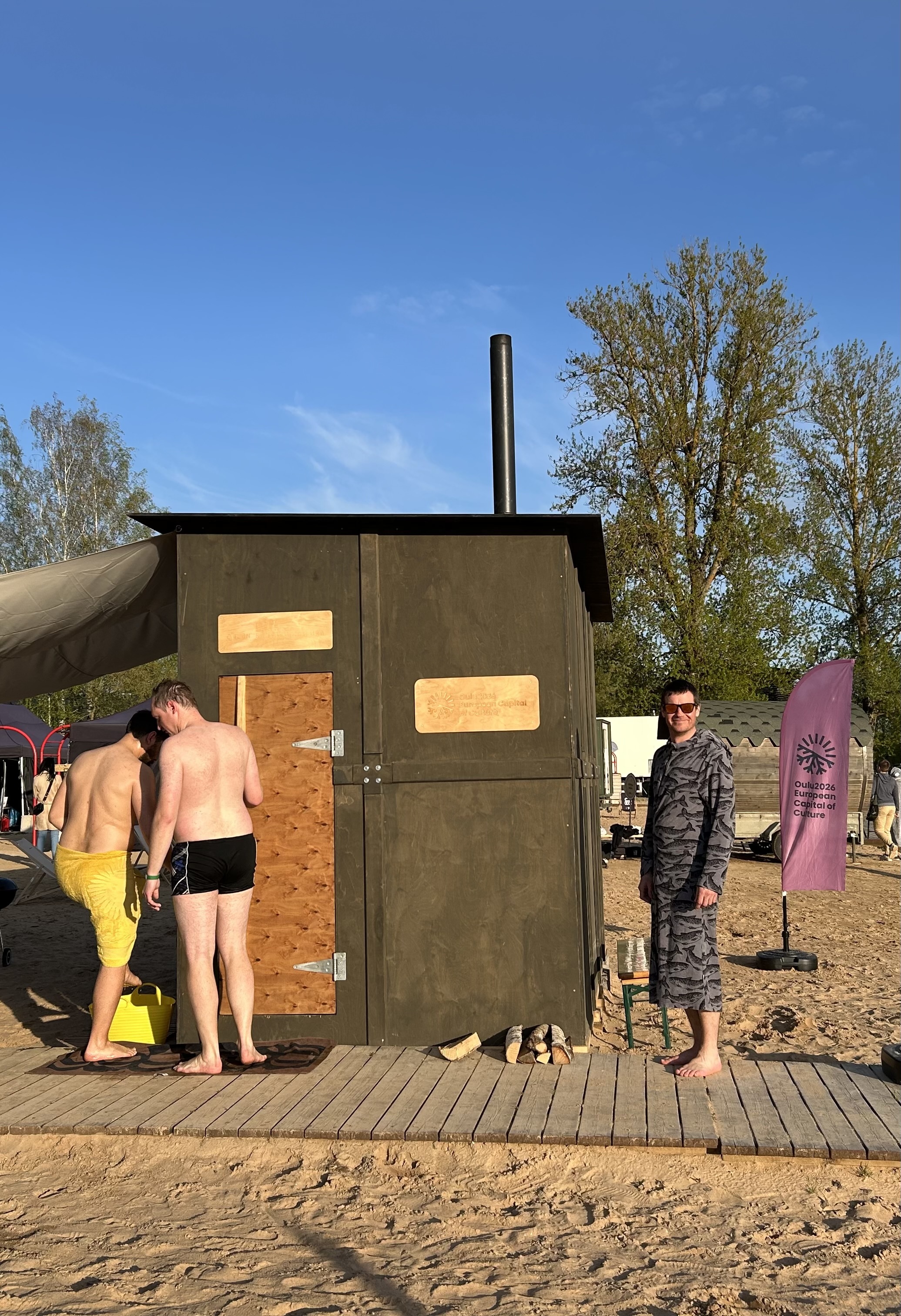
Producer Katri Tenetz remains hopeful that the new sauna will eventually be built. She sees the project as a major opportunity to strengthen Oulu’s international reputation as a major northern city where year-round sauna culture is an essential part of urban life.
